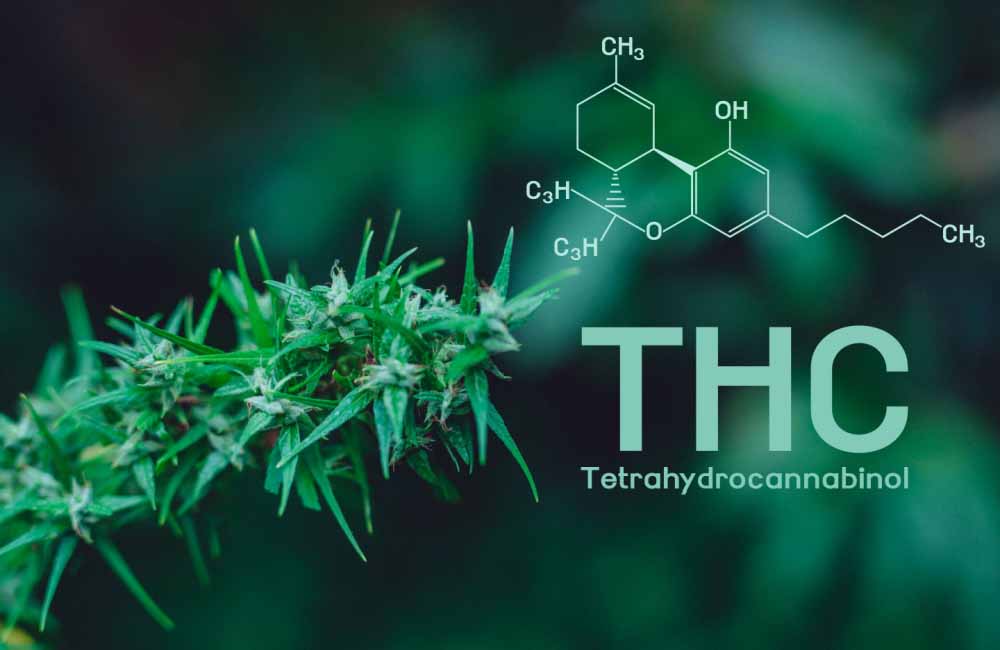What Is the Main Ingredient in Cannabis?
Cannabis has been a topic of great interest and controversy for many years. With its increasing legalization and use for medicinal and recreational purposes, understanding the main ingredient in cannabis is important for the cannabis curious who want to try marijuana for recreation or for health and wellness.
The main ingredient in cannabis is tetrahydrocannabinol, commonly known as THC. THC is a naturally occurring compound found in the resinous flowers of the cannabis plant. It is a cannabinoid, a class of chemical compounds that interact with the body’s endocannabinoid system, which plays a vital role in regulating various physiological processes.
The Effects of THC on Your Body
THC is responsible for the psychoactive effects associated with cannabis use. When consumed, it binds to specific receptors in the brain, primarily the cannabinoid receptor type 1 (CB1), resulting in various effects on mood, cognition, perception, and behavior. These effects can include euphoria, relaxation, altered sensory perception, and increased appetite. It may also lead to some impairment of short-term memory.
It is important to note that the content of THC, the main ingredient in cannabis, can vary significantly depending on the strain, cultivation methods, and processing of the cannabis plant. Different strains of cannabis have varying levels of THC. This variability in THC is crucial for both recreational users and medical patients to consider, as it determines the potency and effects of the cannabis product.
The Medical Applications of THC
Apart from its recreational use, THC has shown potential therapeutic benefits. Clinicians have used THC in medical treatments for various conditions, such as chronic pain, nausea and vomiting associated with chemotherapy, as well as to manage muscle spasms and increase appetite stimulation in patients with AIDS or cancer.
Additionally, THC has been studied for its potential in managing symptoms of conditions like multiple sclerosis, epilepsy, and post-traumatic stress disorder (PTSD).
THC does not work in isolation within the cannabis plant. It interacts with other cannabinoids, such as cannabidiol (CBD), to produce a wide range of effects.
CBD is another significant component of cannabis but does not produce the same psychoactive effects as THC. Instead, it is believed to have potential therapeutic properties, including anti-inflammatory, analgesic, and anxiolytic effects. The presence of CBD may also modulate some of the adverse effects of THC, such as anxiety and cognitive impairment.
As the main ingredient in cannabis, THC interacts with the body’s endocannabinoid system, resulting in various physiological and psychological effects. While THC is primarily associated with recreational use, it also holds potential therapeutic benefits in medical treatments.
Understanding the main ingredient in cannabis, its effects, and its interaction with other cannabinoids is crucial for making informed decisions regarding its use, whether for recreational or medicinal purposes.




